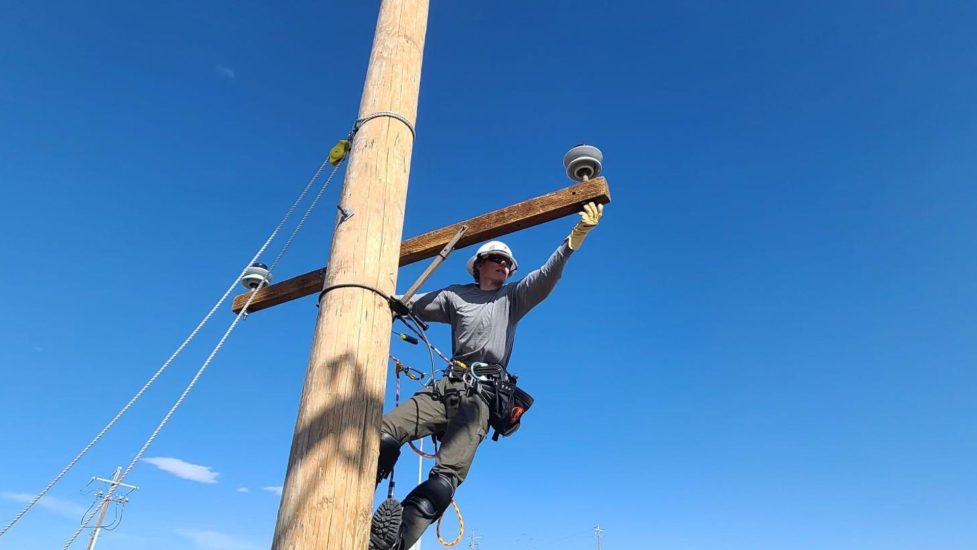Extreme weather is pulling into focus the challenges of key jobs when natural disasters occur. Among them – the electrical lineman. They are tasked with recovery work and restoring power, as well as installation and maintenance of electrical power systems.
As with many trades, the workforce is aging and there aren’t enough skilled workers entering the field to replace those leaving the occupation. The job can be dangerous. At the same time, there’s an increase in the workload as the country dedicates billions into modernizing the U.S. power grid.
‘Grid of the future’
“There’s just a huge demand and a lot of that demand got driven by a lot of capital investment. You might hear the term ‘grid modernization’ or ‘grid of the future.’ We have been, as a utility industry, rebuilding what that grid looks like, how we serve our customers, so there has just been this demand for line workers,” says Drew Seidel, vice president of distribution region operations for SWEPCO (Southwestern Electric Power Company).
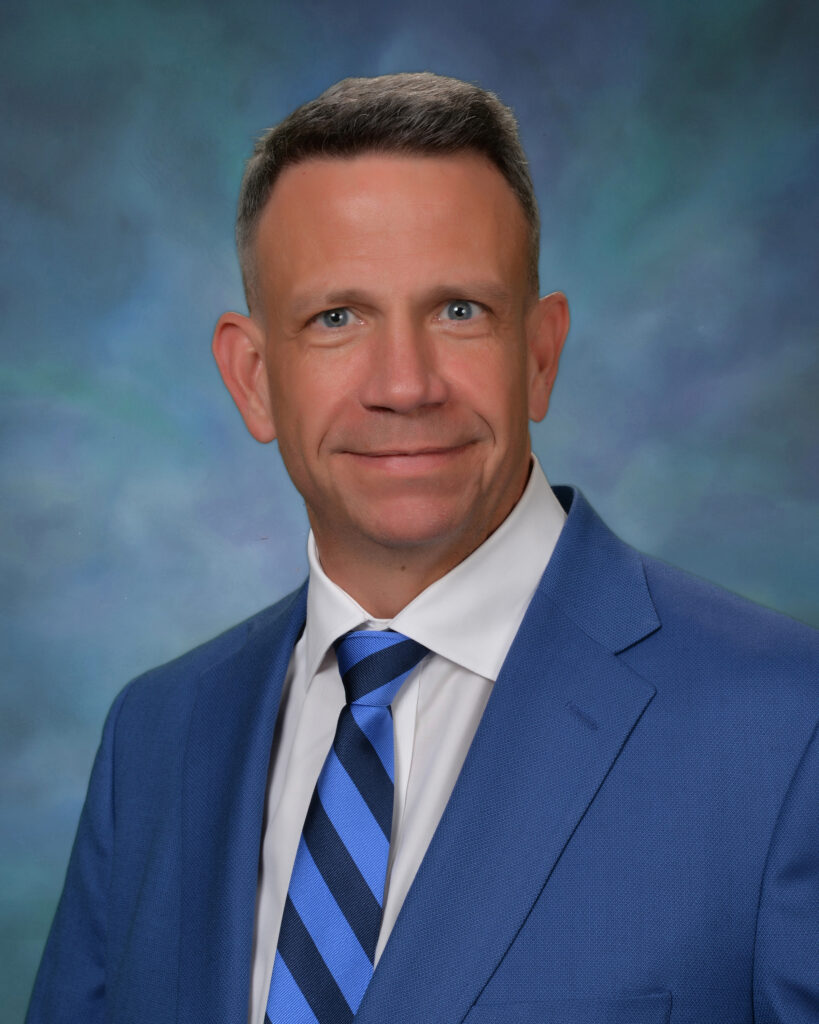
That void has employers grappling with ways to attract talent. SWEPCO is among a growing list of companies partnering with community colleges to attract a talent pipeline.
“We had a very experienced workforce – 10 or 15 years ago. We don’t have that anymore,” explains Seidel. He says community college programs leading to apprenticeships help ensure new workers can get up to speed quickly. “We don’t have 10 years for them to learn everything. So, this is a way to help accelerate it, get really top-quality candidates in here so they can be successful and help us be successful.”
Power Companies Tap into Community Colleges
SWEPCO touts success with its Electrical Lineworker Technology program at Texas State Technical College with the goal of putting students on the path to journeyman lineman – a level where workers are fully trained in what is typically a four-year process.
SWEPCO notes it hired 49 interns and full-time workers from Texas State Technical College last year.
The company is now expanding its training program with its latest partner – Northwest Louisiana Technical Community College (NLTCC).
The partnership was created to meet the needs of the region since the nearest training program is located in east Texas, according to Jayda Spillers, Ed.D., chancellor, NLTCC.

“Within Louisiana, you are going to have hurricanes. You are going to have big weather events that are going to cause those outages and you have such a huge need for power alignment workers. A lot of times you see trucks rolling in from out of state,” says Spillers.
‘Not afraid of working at a high elevation’
Spillers explains the 32-week program offers classroom instruction and hands-on learning where students can earn seven industry-based certificates if they complete all levels of the program. A commercial driver’s license (CDL) is among them since workers need to drive utility bucket trucks.
To be eligible, students must be 18 years of age with a high school diploma or equivalent. Another listed requirement – not afraid of working at a high elevation – since workers climb and work on poles that SWEPCO describes as being between 30 and 45 feet.
“We recognize that sometimes a student will go out to the training yard and look up at the big poles and lines, thinking, ‘I don’t think I’m able to climb that.’ Sometimes we have a fear of heights. So, if they do that, they can at least walk away with a CDL certification. They are still employable somewhere and that training went to good use for them,” says Spillers.
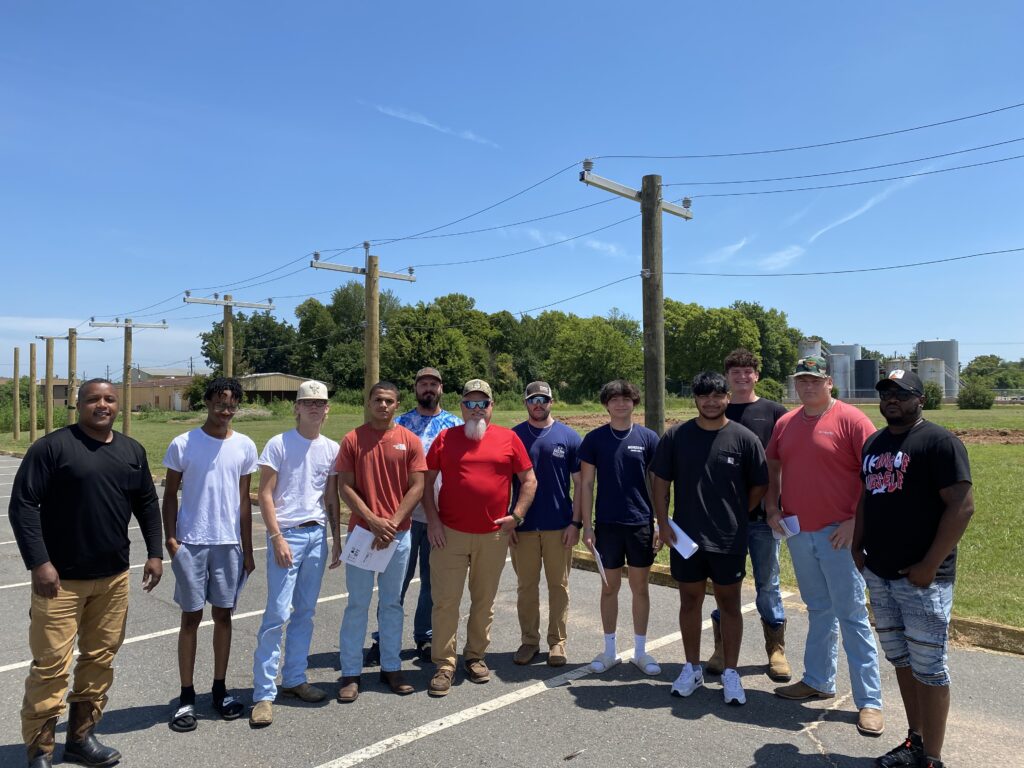
Eleven students are enrolled in the first cohort. Spillers says the hope is for them to work for a utility company where they can complete an internship – followed by an apprenticeship on the path to journeyman lineman.
Student Enrollment at Capacity in Wyoming
One program has had to turn away students this school year because it’s at capacity. The Powerline Technology program at Western Wyoming Community College in Rock Springs notes it’s the only one of its kind in the state.
It offers a certificate program for students opting to attend for one year and an associate degree for a two-year program preparing students for internships and apprenticeships.
Seven students enrolled in the first cohort. This year, it’s 15. While there’s interest and the potential to earn six-figure salaries, the college stresses it’s not a pathway for everyone.
“It’s not an easy job,” says Lance Caldwell, a powerline technology instructor at Western Wyoming Community College and former journeyman lineman.
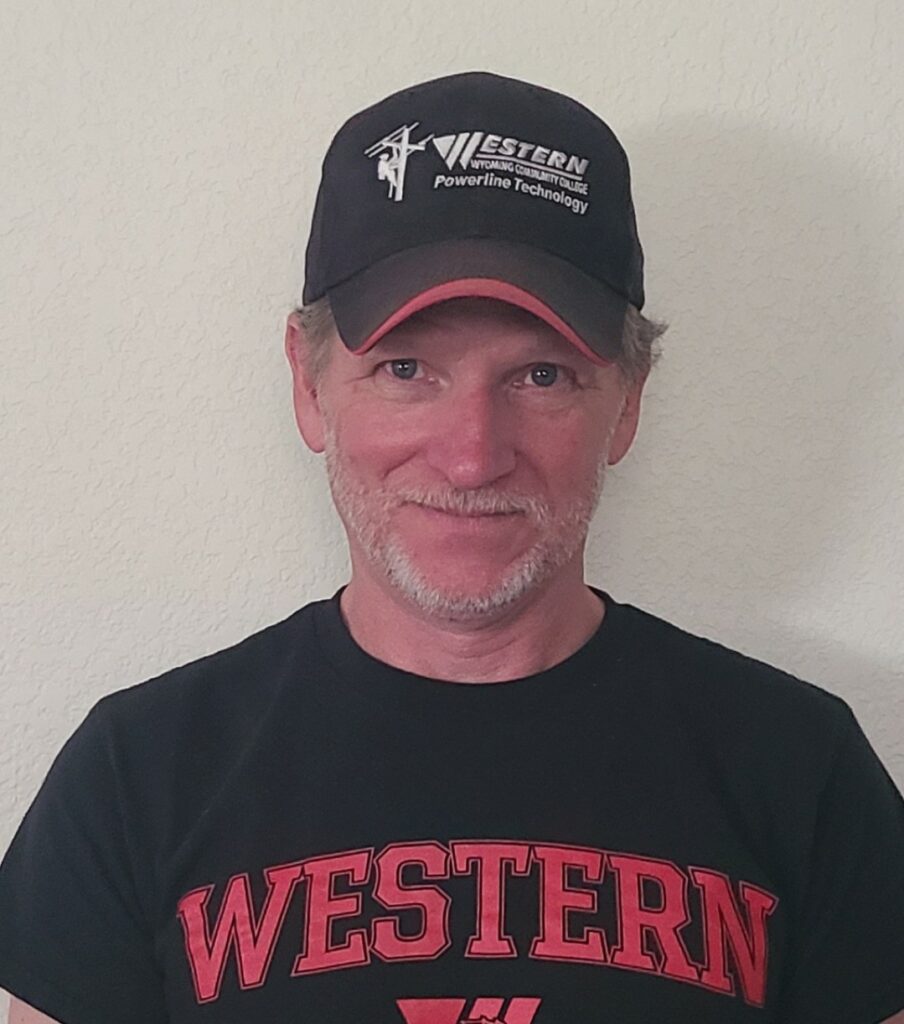
He continues, “It takes a certain type of person because, typically, the power goes out when the weather is bad and usually in the middle of the night. You are out in all forms of extreme weather – sometimes for many hours. You are working at great heights with a lot of high voltage.”
“Typically, the type of person that enjoys this type of work is your outdoors person, your fishermen, hunters, people who like to go camping that are not afraid of weather. The extreme heat or cold doesn’t bother them that bad.”
Found His Calling
The appeal of working outdoors is what drew 19-year-old Owen Kyler Madsen to the powerline technology program. He says in high school, he didn’t know what career he wanted to pursue.
“I honestly had no clue. I was jumping between every career possible, just trying to find one that I thought I could really enjoy and work the rest of my life. So, I was everywhere, just trying to scramble and find something I was really interested in,” says Madsen.

He says he and his parents took a tour of Western Wyoming Community College and when he learned more about the powerline technology program, he found his calling. Madsen describes his first year as a mix of learning about electrical theory and how transformers work while also learning about equipment and climbing the poles.
Madsen admits the climbing part was scary, at first. “I think we were 20 or 30 feet up and we could all barely climb. I was screaming on the inside, but at the same time, it’s such a thrill and you get so much adrenaline that it’s just way fun.”
One year out of high school, Madsen is on track to earn his associate degree as early as December of 2023. He completed a paid internship this summer and aims to work as an apprentice for four years to become a journeyman lineman.
With the demand for linemen, Madsen sees a bright outlook for his career choice. “It’s reassuring to know you are pretty much always going to be needed,” he says.
Madsen explains the biggest draw to becoming a lineman. “Just being outdoors, doing something every day, challenging yourself, working hard, and knowing you are doing good and helping people is probably the biggest reason for me.”
Expected Job Growth
Demand for electrical powerline workers is expected to grow 6% through 2031, according to the Bureau of Labor Statistics. During that timeframe, the BLS estimates there will be 23,500 openings for line installers and repairers each year.
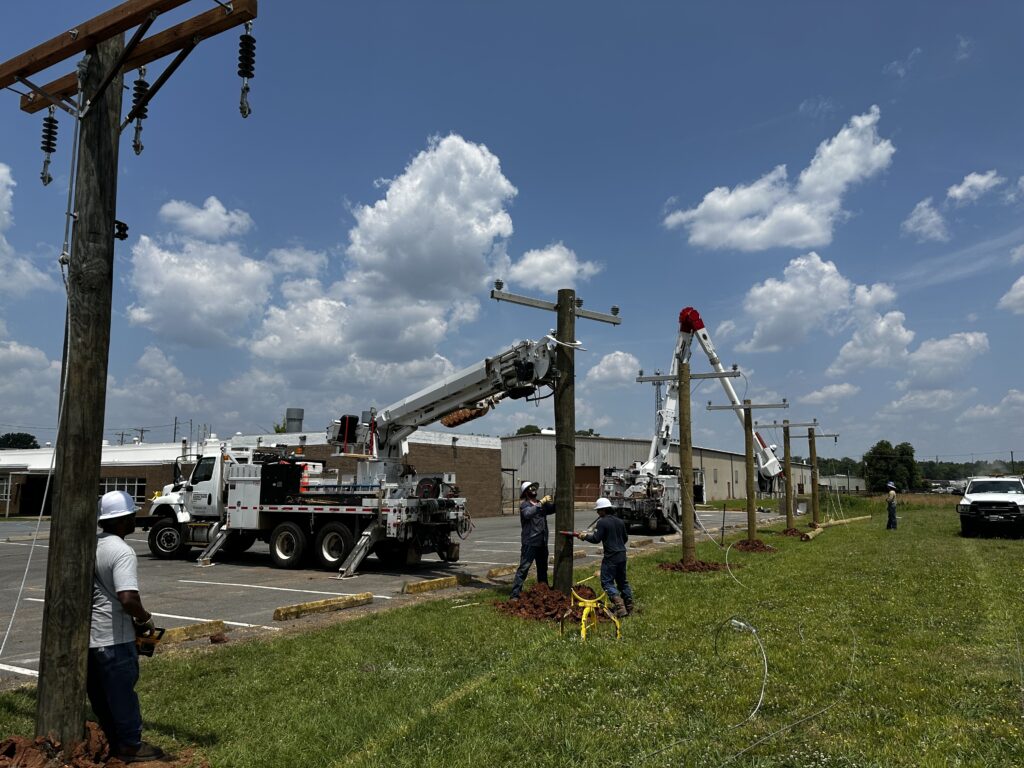
The mean annual wage for an electrical lineman, according to the BLS, is $82,770.
For a lineman who travels and works overtime, the pay can be higher. Lineman Central, which tracks the industry including training programs and jobs, finds that the journeyman linemen who will earn the most this year are in Hawaii with an average salary of $98,440.
Job posting activity in the field increased by 12% in the last year, according to Ted Costello, research partner at Lineman Central. He tells WorkingNation there are currently 198 training programs with about six added annually over the past four years.

